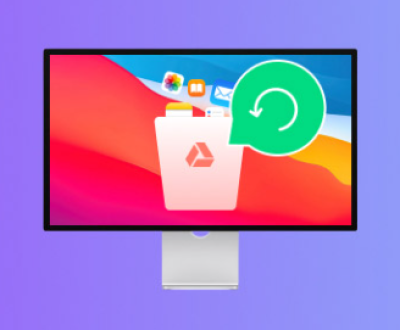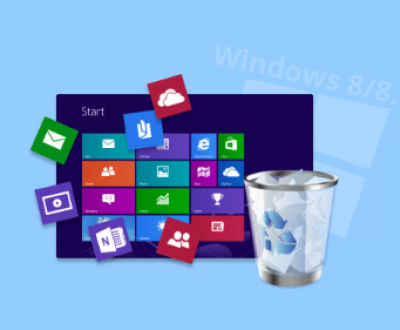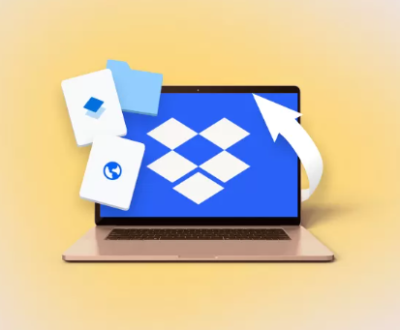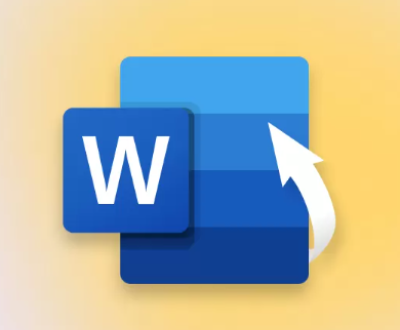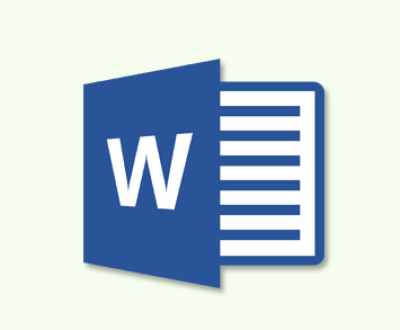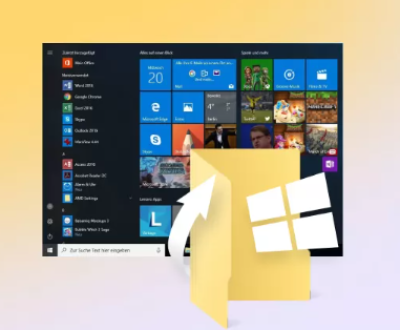When your SD card refuses to format in your camera, it can disrupt your photography plans and cause frustration. Whether you use a DSLR, mirrorless, action camera, or compact point-and-shoot, SD card formatting issues are a common challenge photographers face. Formatting is crucial because it prepares the card to store data correctly, ensuring seamless camera operation and protecting against data corruption.
Why Won’t My SD Card Format in the Camera?
Several reasons can prevent an SD card from formatting in a camera, including:
Incompatible SD Card: Your camera may not support certain SD card capacities or formats.

Write Protection: Some SD cards have a physical lock that prevents writing and formatting.
File System Corruption: Damaged or corrupted file systems can make formatting impossible.
Camera Firmware Issues: Outdated firmware can create compatibility problems.
Physical Damage: Scratches, bent pins, or water damage may prevent successful formatting.
Card Wear and Tear: SD cards have a finite lifespan; excessive use can lead to failure.
Step-by-Step Solutions to Fix SD Card Formatting Issues
1. Check SD Card Compatibility
Consult the Camera Manual: Verify that your camera supports the SD card type (SDHC, SDXC, UHS-I, UHS-II) and capacity (e.g., 32GB, 64GB, 128GB).
Test with Another Card: Try formatting a different, compatible SD card to isolate whether the issue lies with the card or the camera.
2. Inspect the Write Protection Lock
Check the Lock Switch: Ensure the physical lock switch on the SD card is in the “unlocked” position.
Toggle the Switch: Move the switch back and forth to ensure it’s not stuck and retry formatting.
3. Clean the SD Card and Slot
Gently Wipe Contacts: Use a soft, lint-free cloth to clean the metal contacts.
Blow Out Dust: Use a can of compressed air to remove dust from the camera’s SD card slot.
4. Format the SD Card on a Computer
Connect to a Computer: Use a card reader to connect your SD card to a PC or Mac.
Backup Data: Copy any important files to your computer to avoid data loss.
Format the Card:
On Windows: Open “File Explorer,” right-click the SD card, choose “Format,” and select the appropriate file system (FAT32 for cards under 32GB, exFAT for larger cards).
On Mac: Open “Disk Utility,” select the SD card, and choose “Erase” with the desired format.
5. Update the Camera Firmware
Check Manufacturer’s Website: Download the latest firmware update for your camera model.
Follow Update Instructions: Carefully follow the manufacturer’s guide to install the firmware update.
6. Use SD Card Formatting Software
SD Memory Card Formatter: Download the official SD Memory Card Formatter from the SD Association website. It provides a thorough format compliant with SD card standards.
7. Try Low-Level Formatting
Access Low-Level Format Option: Some cameras offer a low-level format function in the settings menu, which performs a deeper clean of the card.
What to Do if the SD Card is Still Not Formatting
If the card still won’t format after these steps, consider the following advanced solutions:
Test in Another Device: Try formatting the SD card in a different camera or device.
Check for Errors: Use command-line tools to diagnose the SD card:
On Windows: Use chkdsk command (chkdsk X: /f, where X is the card’s drive letter).
On Mac: Use First Aid in “Disk Utility” to repair the card.
Replace the SD Card: If all else fails, the SD card may be damaged beyond repair and should be replaced.
Preventing Future SD Card Issues
Regular Formatting: Format the card in the camera periodically to maintain its health.
Safe Removal: Always eject the card properly from devices to prevent corruption.
Use Quality Cards: Invest in reputable brands like SanDisk, Lexar, or Samsung for better longevity.
Monitor Card Health: Use tools to check SD card health periodically.
About us and this blog
Panda Assistant is built on the latest data recovery algorithms, ensuring that no file is too damaged, too lost, or too corrupted to be recovered.
Request a free quote
We believe that data recovery shouldn’t be a daunting task. That’s why we’ve designed Panda Assistant to be as easy to use as it is powerful. With a few clicks, you can initiate a scan, preview recoverable files, and restore your data all within a matter of minutes.
Subscribe to our newsletter!
More from our blog
See all postsRecent Posts
- How to recover accidentally deleted files 2025-07-01
- How do i recover a file i accidentally deleted 2025-07-01
- How to recover an accidentally deleted file 2025-07-01

 Try lt Free
Try lt Free Recovery success rate of up to
Recovery success rate of up to

